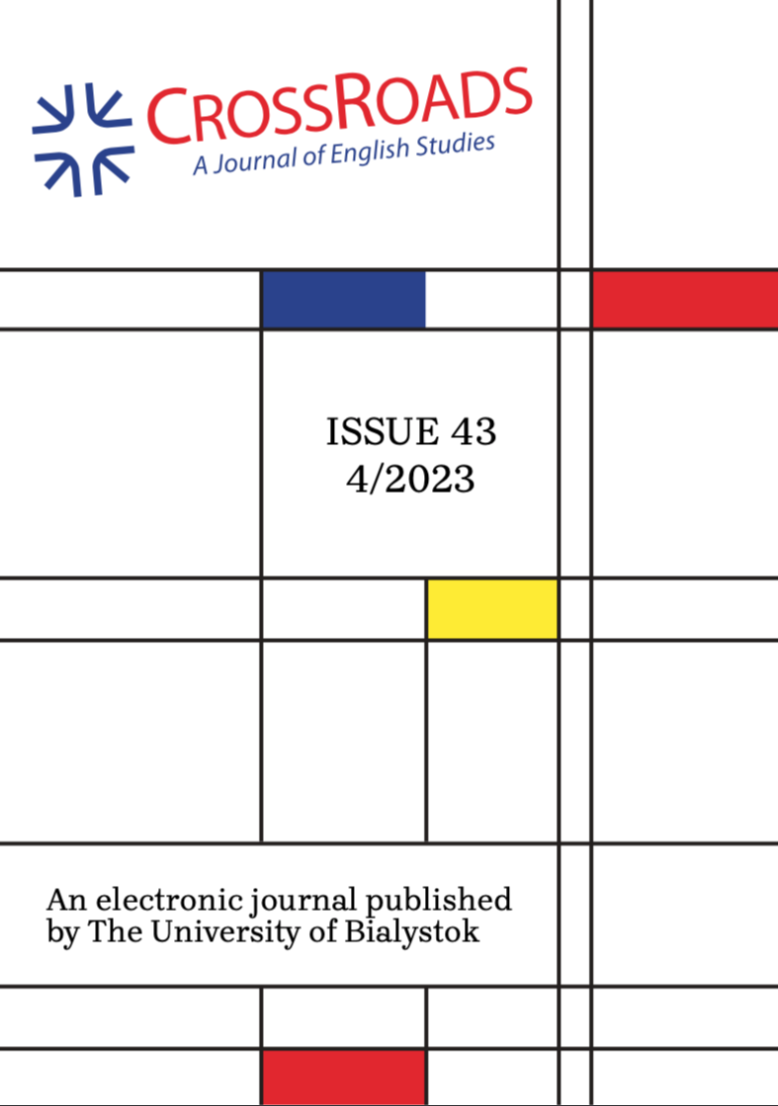A spiderweb of human trafficking: An empirical linguistic study
A spiderweb of human trafficking: An empirical linguistic study
Author(s): ELINA PALIICHUKSubject(s): Media studies, Sociolinguistics, Cognitive linguistics
Published by: Wydział Filologiczny Uniwersytetu w Białymstoku
Keywords: metaphor; human trafficking; spiderweb; experiment; image schema; social impact; media discourse;
Summary/Abstract: The state of the art in human trafficking (HT) prevention requires the elaboration of subtle verbal techniques that can enhance informative awareness campaigns. The paper explores the representations of metaphors in the media about HT through the SPIDERWEB construal and its impact on the youth in Ukraine. Compared to previous decades (Paliichuk 2011), the SPIDERWEB metaphor can be observed more frequently in recent publications, encouraging the study of whether it contributes to a stronger reader response. The methods embrace conceptual analysis and an experiment, in which 60 undergraduates (grouped into G1, G2, and G3) took part. Four media fragments were used in three modes: authentic (A), weakened (W), and enhanced (E). In total, twelve variables were tested. The Paired Samples T Test revealed the changes in student post-reading perceptions, with the highest response to E texts (identifying oneself with trafficked persons; imagining oneself being in the same situation; imagining sounds/voices; being emotionally affected). Used for the differences between A–W; A–E; and W–E, the Independent Samples T Test revealed higher degrees for imagining oneself being enslaved in the HT situation; being secluded or isolated; emotionally affected; and being more careful about personal safety, which points to the feasibility of designing anti-trafficking educational content based on the SPIDERWEB metaphor.
Journal: Crossroads. A Journal of English Studies
- Issue Year: 2023
- Issue No: 04 (43)
- Page Range: 124-155
- Page Count: 32
- Language: English

